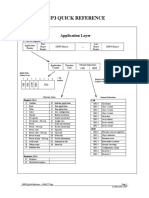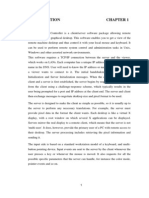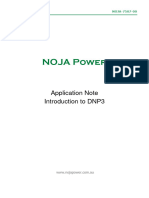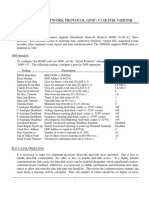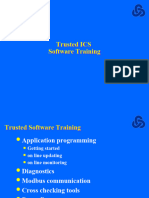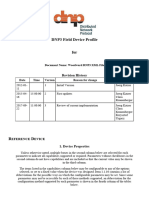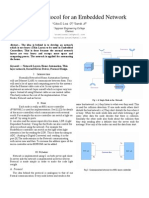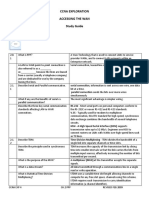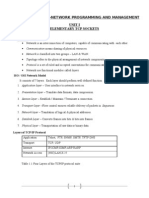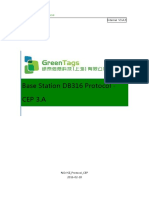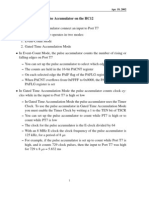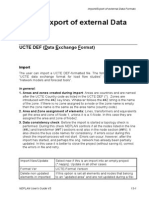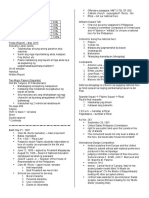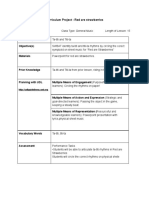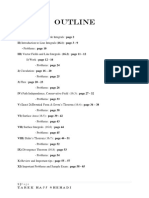0% found this document useful (0 votes)
54 views4 pagesDNP3 Source Code Libraries
Triangle MicroWorks Inc. offers DNP3 Source Code Libraries designed for the utility industry, ensuring interoperability between RTUs, IEDs, and master stations. The libraries conform to DNP3 Level 3+ requirements, support various communication networks, and include features for easy installation, extensive diagnostics, and no royalty fees. Additionally, the libraries provide tools for testing and diagnostics, including a built-in protocol analyzer and a Communication Protocol Test Harness.
Uploaded by
Douglas Omar Rodriguez PerezCopyright
© © All Rights Reserved
We take content rights seriously. If you suspect this is your content, claim it here.
Available Formats
Download as PDF, TXT or read online on Scribd
0% found this document useful (0 votes)
54 views4 pagesDNP3 Source Code Libraries
Triangle MicroWorks Inc. offers DNP3 Source Code Libraries designed for the utility industry, ensuring interoperability between RTUs, IEDs, and master stations. The libraries conform to DNP3 Level 3+ requirements, support various communication networks, and include features for easy installation, extensive diagnostics, and no royalty fees. Additionally, the libraries provide tools for testing and diagnostics, including a built-in protocol analyzer and a Communication Protocol Test Harness.
Uploaded by
Douglas Omar Rodriguez PerezCopyright
© © All Rights Reserved
We take content rights seriously. If you suspect this is your content, claim it here.
Available Formats
Download as PDF, TXT or read online on Scribd
/ 4







